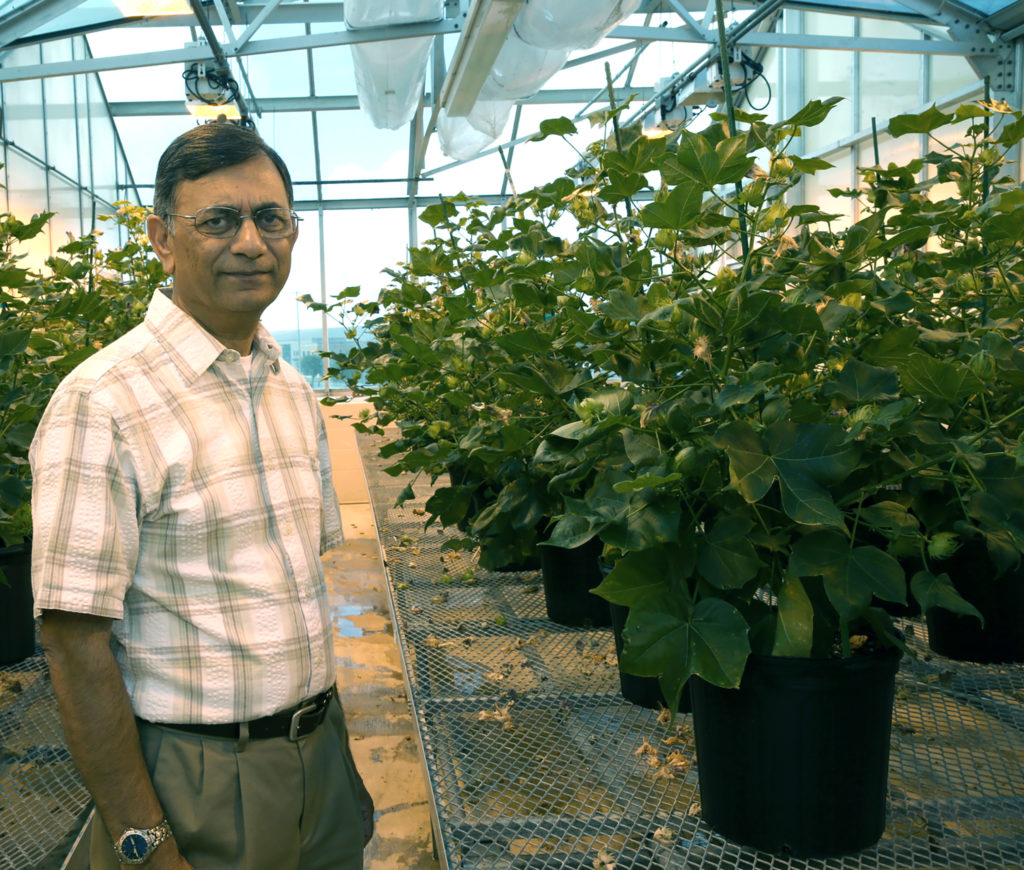
The Impact of RNAi Technology in Transforming Agriculture
March 13, 2024| |
For decades, researchers worldwide have been harnessing the natural gene-silencing technique called RNA interference (RNAi) for crop improvement. One of the earliest applications of RNAi was the development of the delayed-softening trait in tomatoes reported in 1992.
RNAi works like a dimmer switch for genes to lessen their expression instead of entirely removing them. This method offers many benefits compared to other gene editing tools. For instance, CRISPR entirely knocks out targeted genes, while RNAi enables fire-tuning of the gene expression and minimizing unintended reactions. Furthermore, RNAi allows targeting of particular tissues in an organism, which further ensures safety and effectiveness.
Dr. Keerti Rathore and his research team at Texas A&M AgriLife Research provide a prominent example of RNAi application. They used the method of developing ultra-low gossypol cottonseed. Gossypol is a natural toxin found in cottonseeds that make them unfit for food and feed. They used RNAi to silence the toxin in the seeds, turning the cottonseeds into a safe and valuable source of protein and oil. After 25 years of research, the US Food and Drug Administration has granted food and feed approval for the ultra-low gossypol cottonseed.
The Council for Agricultural Science and Technology (CAST) published a paper on RNAi with Dr. Rathore as one of the authors. The paper highlights the diverse applications of RNAi, its regulatory considerations, and future prospects.
Read more from Texas A&M AgriLife and CAST.
| |
You might also like:
- Pocket K No. 34: RNAi for Crop Improvement
- FDA Approves Texas A&M's Ultra-Low Gossypol Cotton for Human and Animal Consumption
- Selective Gene Silencing Leads to Ultra-low Gossypol Cottonseed
Biotech Updates is a weekly newsletter of ISAAA, a not-for-profit organization. It is distributed for free to over 22,000 subscribers worldwide to inform them about the key developments in biosciences, especially in biotechnology. Your support will help us in our mission to feed the world with knowledge. You can help by donating as little as $10.
-
See more articles:
-
Plant
- The Impact of RNAi Technology in Transforming Agriculture
- Technique Genetically Transforms Succulents Without Tissue Culture
- OGTR Receives Application for GM Wheat Field Trial in Australia
- ISAAA Inc. and DA Biotech Release Coffee Table Book on the Filipino Faces of Biotechnology
- ICRISAT Pioneers World's First Pigeonpea Speed Breeding Protocol
-
Animal
- Brazil Releases Genetically Modified Mosquitoes to Combat Dengue Cases
-
Food
- Researchers Identify Molecular Secrets of Muscaris Grapes' Lychee Aroma
- ISAAA and Partners Feature Salmonella Detection Methods Developed in the Philippines
-
Read the latest: - Biotech Updates (November 26, 2025)
- Gene Editing Supplement (November 26, 2025)
- Gene Drive Supplement (February 22, 2023)
-
Subscribe to BU: - Share
- Tweet

